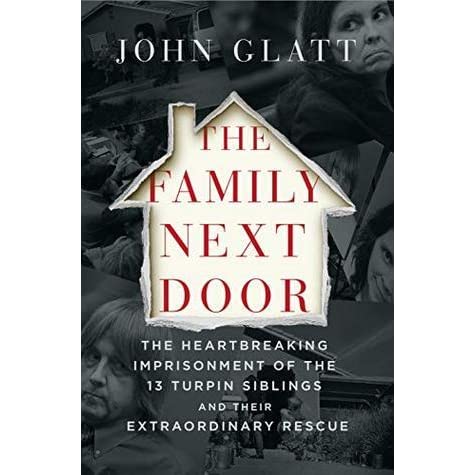















The editor’s note for Unspeakable Acts: True Tales of Crime, Murder, Deceit, and Obsession (Sarah Weinman, introduction by Patrick Radden Keefe) proposes some potential causes for the recent obsession with true crime stories and the extensive articles devoted to them. The advent of streaming services and podcasts in recent years has stoked existing interest, and any tales that address order vs. chaos become relevant during times of upheaval. As our world becomes more subject to uncertainty, vicarious experiences become internalized and can cause increasing empathy or panic. This anthology is a collection of 13 articles published in the past 10 years and the editor hopes that these writings will “go a long way to make the world a more just, more empathetic place.” A highly ambitious goal for any book, and this one falls far short of its objective. The three sections of the book are meant to separate the articles into groupings that create some overall cohesive message, but the contents of each are too dissimilar and varying in tone and topic to evoke a sense of common purpose. The first section contains investigative (and in some cases sensationalistic) journalism of actual true crime cases. Here can be found descriptions of the infamous Gypsy Rose case, a lurid tale of Munchausen-by-Proxy; the UT tower shooting spree as seen from one survivor’s point of view; a contract killing arranged by a young woman as recompense for a restrictive upbringing; and the Derek Allred story of repetitive predatory relationship fraud. The second section is intended to act as a commentary on the contemporary cultural moment and the way crime stories are viewed as a result of its influence. This part has articles on topics as wide-ranging as the Slender Man case and an old 1970’s movie director whose film was influenced by true events. The final section of Weinman’s book is dedicated to writings about criminal justice and society. The articles in this portion cover the improper use of searches by immigration agents, gun violence and its physical effects, gender and race biases in policing and prosecution, and the use of questionable methods in crime scene analysis. While the partitions of the book make it easier for the reader to switch gears, the overall effect is disjointed, and the selection of the included pieces appears random. Unspeakable Acts could have been three distinct volumes, thereby providing more substance and content for its wide-ranging topics rather than trying to address them all in one. Each of the issues covered deserve more attention than they receive here, and there is certainly a plethora of talented authors continually contributing their voices to choose from.
Thanks to the authors, Ecco and Edelweiss Plus for an advance copy of this book in exchange for an unbiased review.